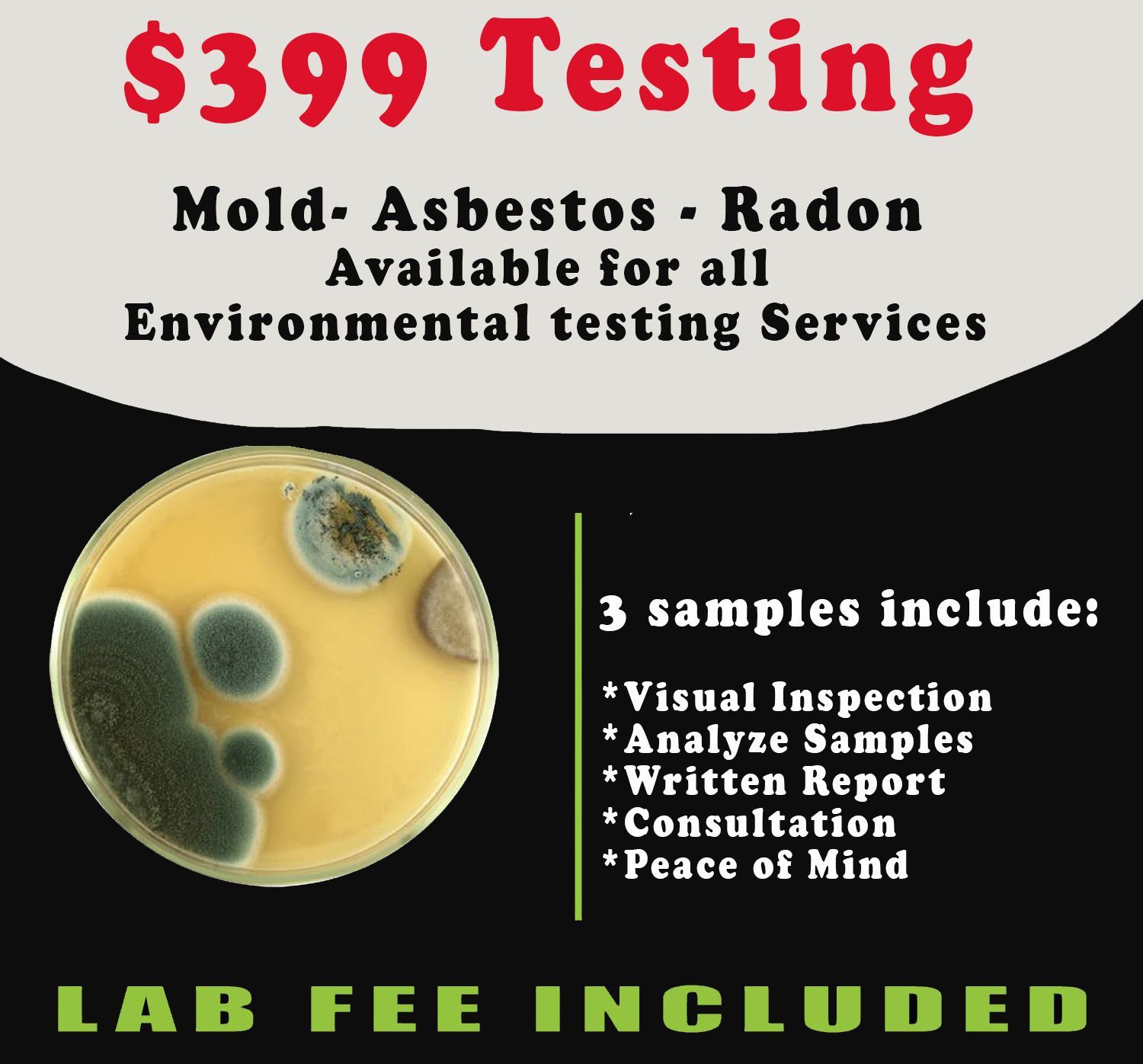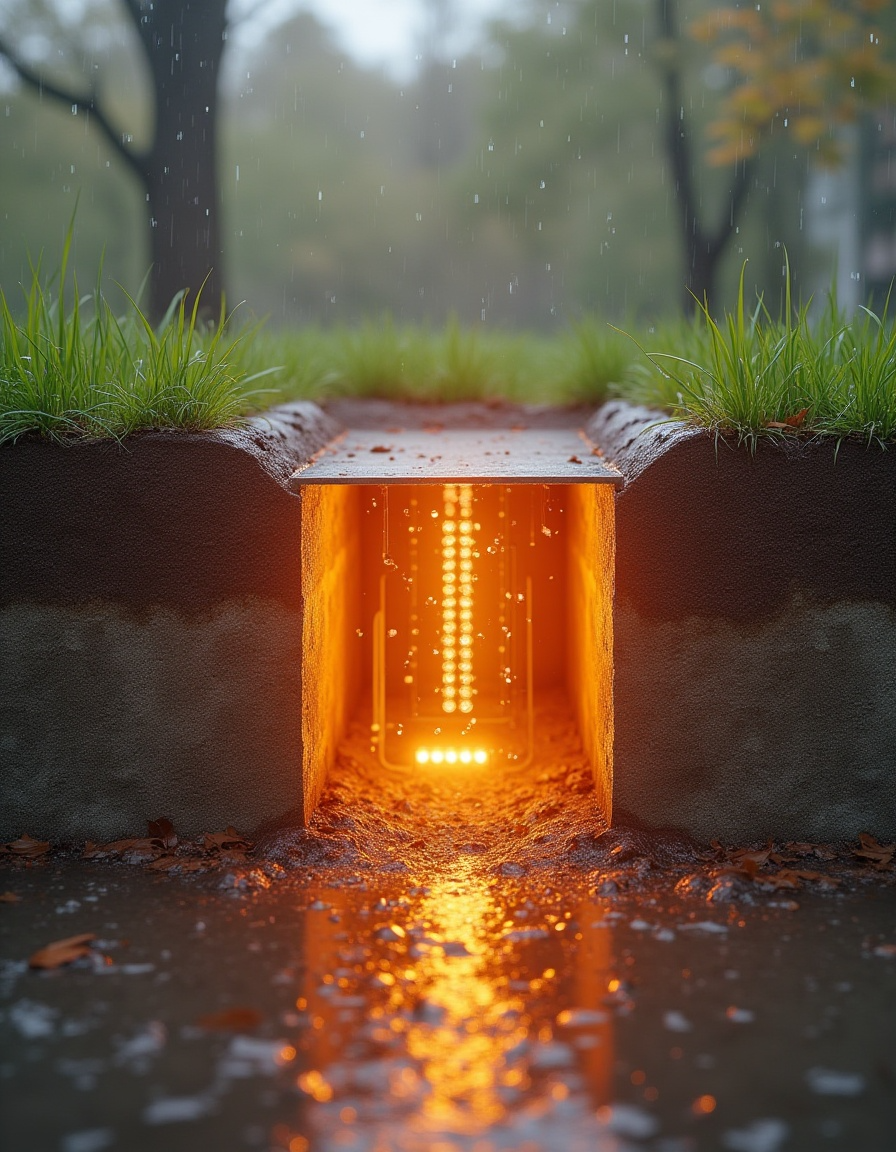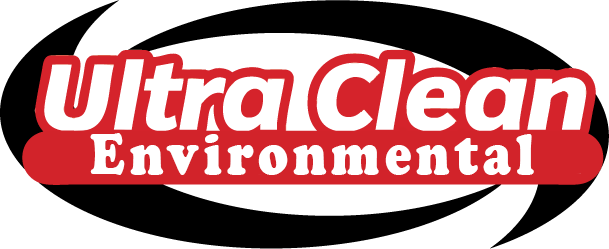Radon Testing

What Is Radon?
Radon gas is a colorless, odorless, and tasteless radioactive gas that forms naturally from the decay of uranium in soil, rock, and water. It can seep into homes through cracks in foundations, crawl spaces, and basements, especially in areas with poor ventilation. Although undetectable without specialized equipment, radon poses a serious health risk—long-term exposure is the second leading cause of lung cancer after smoking. Because radon levels can vary widely from one property to another, even in the same neighborhood, regular radon testing is crucial for homeowners. Detecting and mitigating radon early helps create a safer indoor environment and protects the long-term health of your family.
Radon Testing
Radon testing is the process of measuring the concentration of radon gas inside a building to determine whether it poses a health risk. Because it’s invisible, odorless, and tasteless, the only way to detect it is through testing. This can be done using short-term detectors, which measure levels over a few days, or long-term detectors that provide a more accurate average over several months. If radon levels exceed the EPA's recommended action level of 4.0 picocuries per liter (pCi/L), mitigation steps should be taken to reduce exposure and protect indoor air quality.
Testing for radon is important because radon is a radioactive gas that cannot be seen, smelled, or tasted—yet prolonged exposure to it is a leading cause of lung cancer. Radon naturally seeps into homes from the ground, and without testing, homeowners would have no way of knowing if dangerous levels are present. Even homes in areas with low or moderate radon risk can have elevated levels, and radon levels can vary significantly from one house to another—even on the same street. Testing is the only way to accurately measure radon concentration and determine if mitigation is needed to protect your family’s health. Early detection allows for timely intervention, reducing the risk of long-term exposure and serious health consequences.
Initial Testing – A certified professional conducts a radon test to measure levels and confirm the need for mitigation.
System Design – Based on the home's layout, a mitigation system is customized, often involving drilling a small hole in the basement or slab to access the soil below.
Installation – A PVC pipe is inserted into the hole and connected to a fan, which continuously pulls radon from beneath the house and vents it above the roofline.
Sealing Entry Points – Cracks and openings in the foundation are sealed to help prevent additional radon infiltration.
Post-Mitigation Testing – A follow-up radon test ensures the system is effectively lowering radon levels below the EPA’s recommended action level (4.0 pCi/L)
Radon Ventilation Systems

This is a cross-sectional view of a radon ventilation system beneath a concrete slab foundation, illustrating the airflow and components during a rainy spring day.
A radon ventilation system works by creating negative pressure beneath the home to redirect radon gas before it can enter living spaces. The system typically includes a vent pipe inserted through the foundation slab into the soil below, connected to a continuously running fan. This fan actively draws radon-laden air from beneath the house and channels it through the pipe, which extends upward and vents the gas safely above the roofline, where it can disperse harmlessly into the atmosphere. By maintaining constant airflow, the system prevents radon from accumulating indoors and ensures a safer indoor environment.
Call Us to Schedule!
What are the health implications of breathing in Radon GAs?
Radon exposure poses serious health risks, primarily affecting the lungs. The most significant danger is lung cancer—radon is the second leading cause of lung cancer in the United States after smoking. When radon gas is inhaled, radioactive particles can become trapped in the lungs, damaging lung tissue over time and increasing the risk of cancer. The risk is even higher for smokers exposed to radon, as the effects of smoking and radon are compounded. Because radon is odorless and invisible, many people are exposed for years without knowing it, making regular testing and mitigation essential for long-term health and safety.
